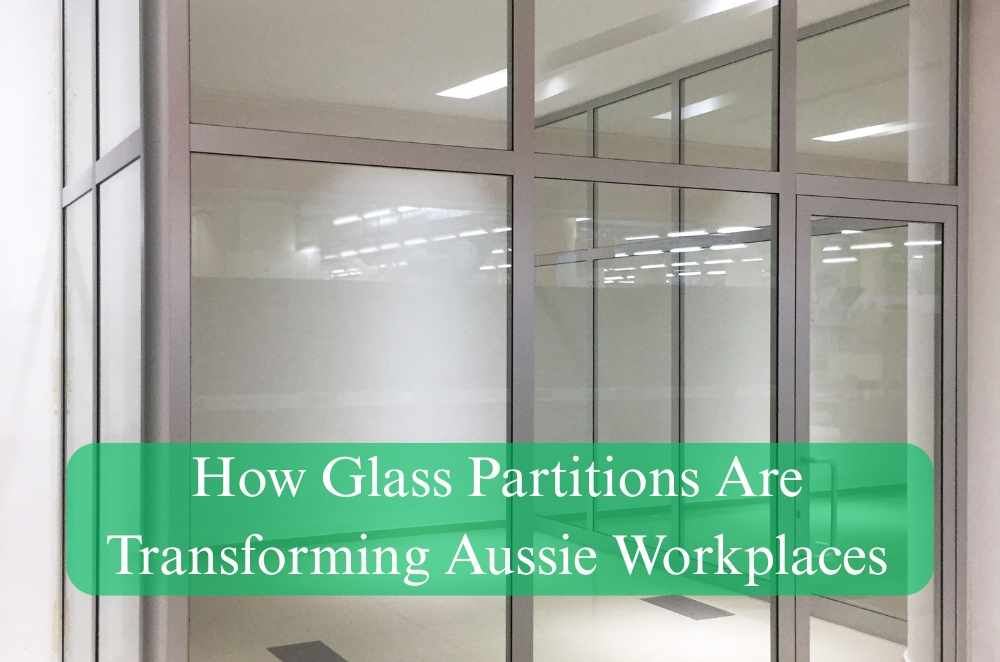
I remember visiting a small design studio in Brisbane a while back—nothing huge, just a converted warehouse space with high ceilings and a strange warmth to it. What struck me most wasn’t the layout or the colour scheme—it was the light. The room felt wide open, even though it was split into smaller work zones. Clear lines of sight, barely-there boundaries. Turns out they’d used office glass partitions to section off teams. No bulky walls. Just clean panels and a whole lot of daylight. It made the space feel alive without losing function. Since then, I’ve noticed more Aussie workplaces heading in that same direction.
Why glass partitions are gaining traction
There’s been a shift in how offices are designed—less boxy, more open. And yet, total openness doesn’t work for everyone. That’s where glass finds its moment. It creates division without shutting people off.
What’s driving the switch:
Natural light travels—you don’t need to rely so much on overhead LEDs
It softens noise, depending on the panel type, and sound control improves
The place feels bigger—visually, it removes the “maze” vibe
Layouts stay flexible—spaces can change as teams grow
In tighter metro zones like Sydney or Adelaide, where floor space comes at a premium, the ability to section areas without heavy construction is gold. Glass lets teams adapt without knocking down walls.
Knowing your options: types of glass partitions
There’s no one-size-fits-all approach when it comes to partitions. Different workplaces need different setups.
Here’s what’s common:
Frameless panels: These give a modern, seamless look, great for collaborative spaces
Framed systems: Often aluminium, they add more structure for long-term use
Sliding glass dividers: Good for meeting rooms or walkways where swing doors aren’t ideal
Frosted or tinted panels: Add privacy without cutting off light completely
I’ve seen creative agencies use frosted dividers with subtle brand patterns etched in. HR departments tend to lean towards sliding privacy panels. It’s all about matching design to purpose, not overcomplicating things.
Safety matters—don’t overlook the basics
There’s beauty in glass, but there’s also a practical side, especially when safety is involved. In Aussie offices, materials must meet strict codes. That’s where toughened glass comes into play.
You’re looking at a material that:
Handles sudden impact better
Breaks into small, less dangerous bits if damaged
Complies with national standards (like AS1288)
Can be paired with acoustic films or UV layers
A mate of mine worked on a fit-out where the wrong grade of glass was installed in a breakout room. A knock from a rolling chair cracked the panel—it cost thousands to fix, plus another week of downtime. Lesson learned: always go certified.
Glass and day-to-day workflow
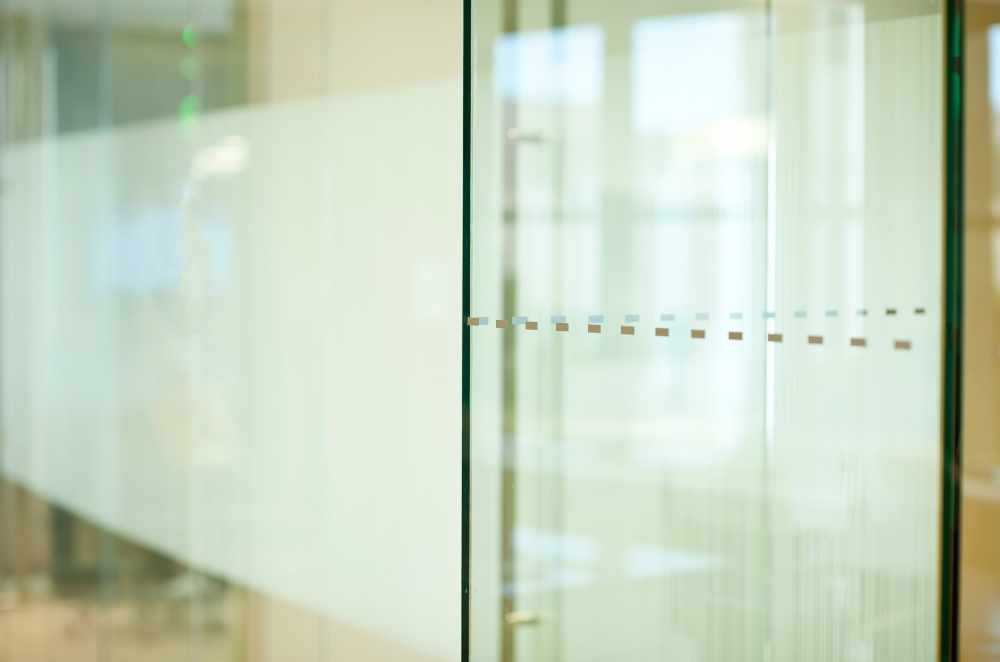
You don’t really notice how your environment affects your mood until it changes. Offices with better light and less visual clutter tend to feel calmer. I’ve worked in both windowless rooms and light-filled studios. The difference isn’t just visual—it’s mental.
What glass dividers quietly improve:
Mood: Sunlight’s a natural mood booster
Communication: You can see who’s around without popping your head over a divider
Focus: Visual boundaries reduce that chaotic “buzz” feel
Flow: Movement around the office feels more fluid
At a consultancy I once freelanced for, they swapped cubicles for glass room partitions. Team leads could have private chats without being shut off from the floor. It created a rhythm in the space—a kind of balance between quiet and connection.
What about cleaning, wear, and long-term value?
Some people hesitate around glass because they imagine constant wiping and smudges. But that’s not really how it goes in practice.
In reality:
It’s easy to clean—standard wipes or cloths work fine
Doesn’t fade, warp, or splinter like cheaper panel options
Good quality frames can be reused in new layouts
Reduces the need for artificial lighting, saving costs down the line
A business I worked with reused their panels during a major rebrand—they just had the frosting updated. The savings? Enough to cover new ergonomic chairs for the whole floor.
It’s about balance: design and practicality
People often think design means decoration. But in offices, design is about solving for both form and function. Glass partitions do that quietly.
You want a setup that can:
Define space, but still let in light
Offer privacy while feeling inclusive
Let you switch things up later (add a panel, remove a door)
Support your company’s style—logos, finishes, colours
Designers I’ve spoken with often mention flexibility when talking about glass partitions in modern offices. Whether it's a startup with a fast-changing headcount or a law firm that needs private consultations, the layout needs to shift with the business.
Where things go wrong
Not every glass fit-out is perfect. Sometimes corners get cut, or people forget the small things that make a space usable.
I’ve seen a few missteps:
Acoustic issues—clear glass alone won’t stop sound
Lack of frosting—makes private areas feel exposed
Messy cables—kill the clean look instantly
Cheap fittings—hinges and sliders that wear out too soon
One place I visited had a beautiful boardroom, but it didn’t account for the sun's direction. Afternoon glare bounced off every screen. A simple tinted panel would’ve fixed it. Small oversights, big headaches.
A subtle shift with lasting impact
The move toward openness in Australian offices isn’t just about looks. It’s about how we work, how we interact, and how the physical environment supports that.
And it’s not all-or-nothing. You don’t need a full glass overhaul. Even a few well-placed panels can make a difference. The rise of glass room partitions is proof of that—practical, movable, effective.
In the end, glass partitions aren’t about making a bold statement. They’re about removing barriers—visually and otherwise. Whether it’s a startup trying to make use of limited space or a large firm rethinking collaboration, the goal is the same: a better way to work.
And part of that comes from materials that blend in, let light move, and stand up to daily use. From toughened panels that meet safety codes to sleek dividers that preserve privacy, good design isn’t loud—it’s smart. And if you hardly notice it, that’s usually a sign it’s working.

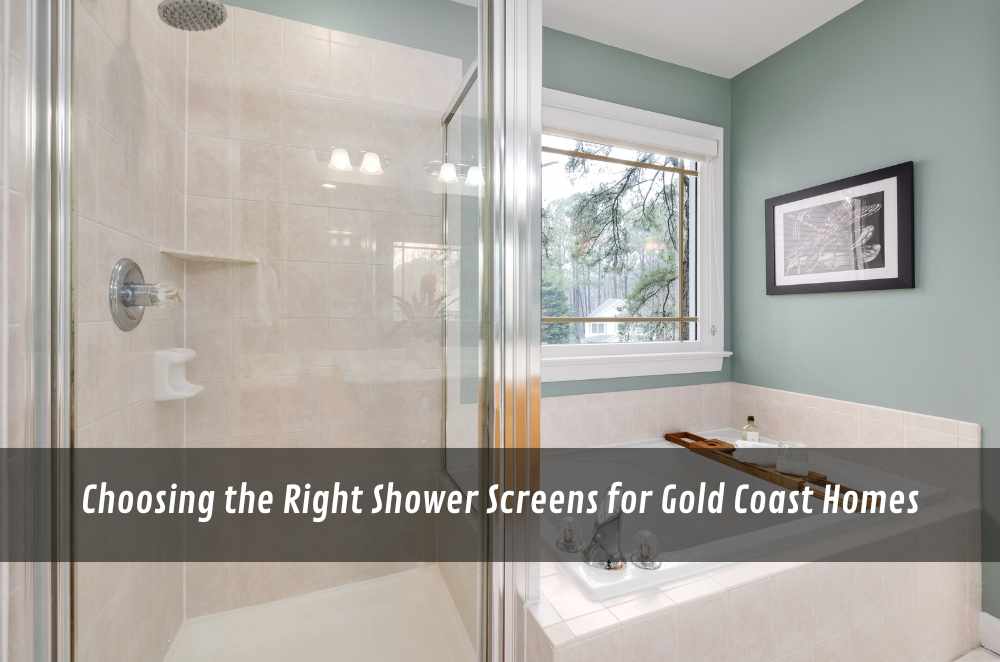
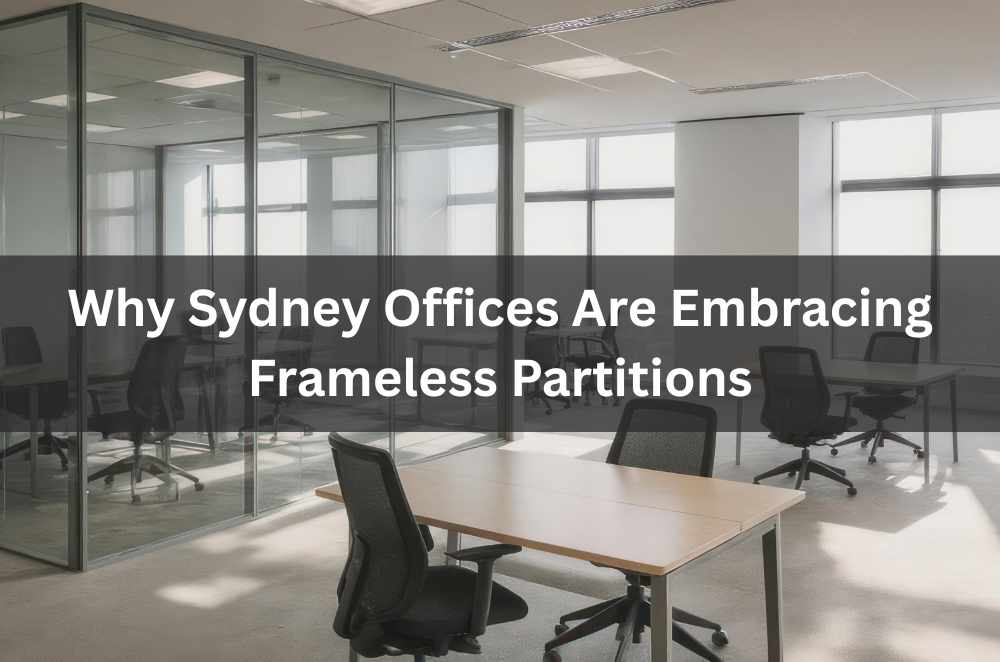
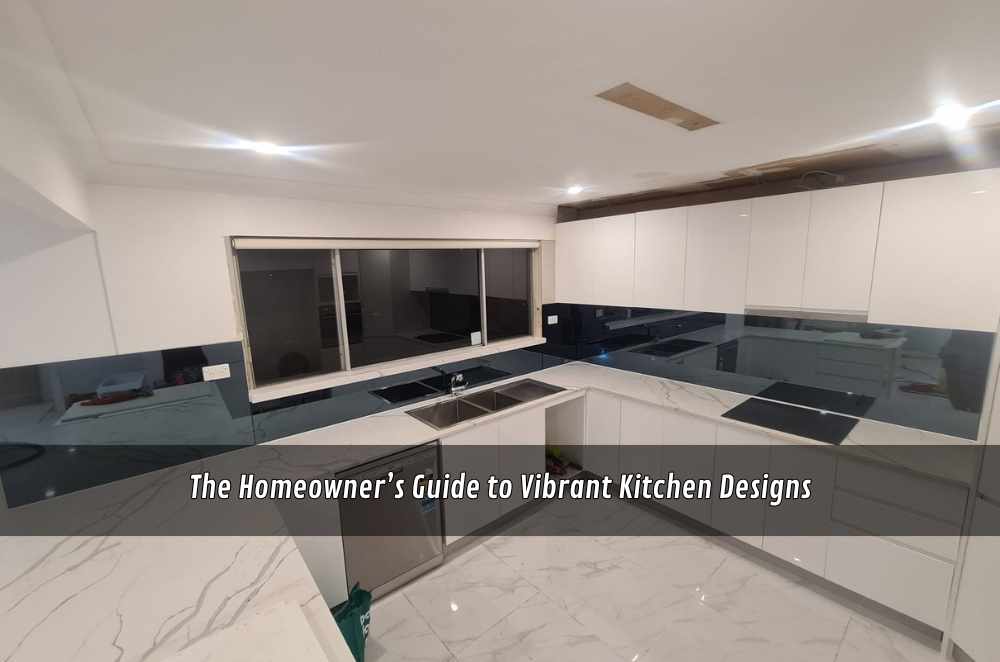
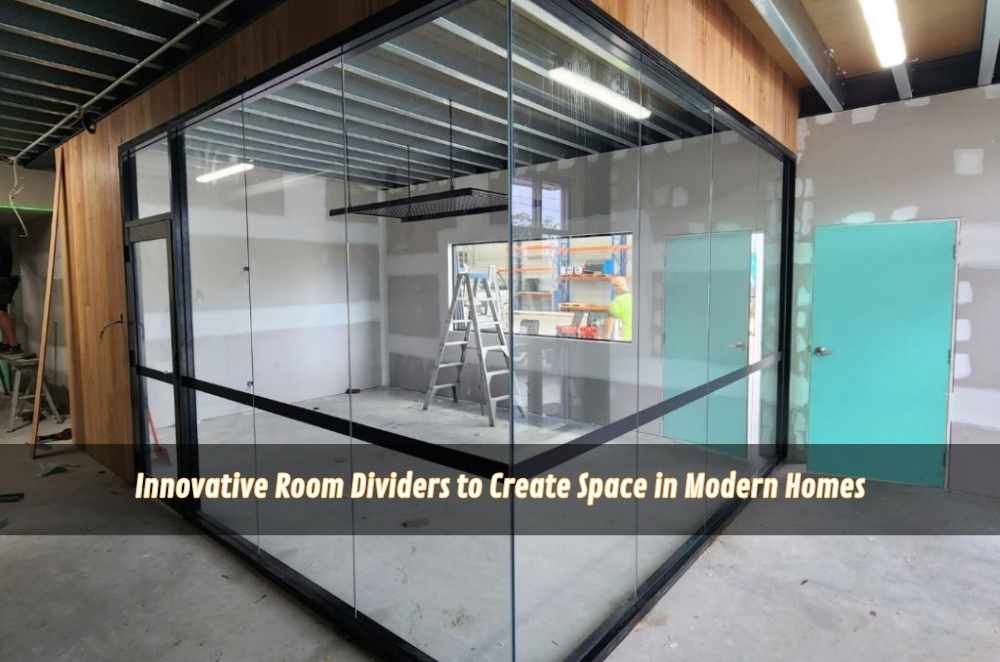








Write a comment ...